-
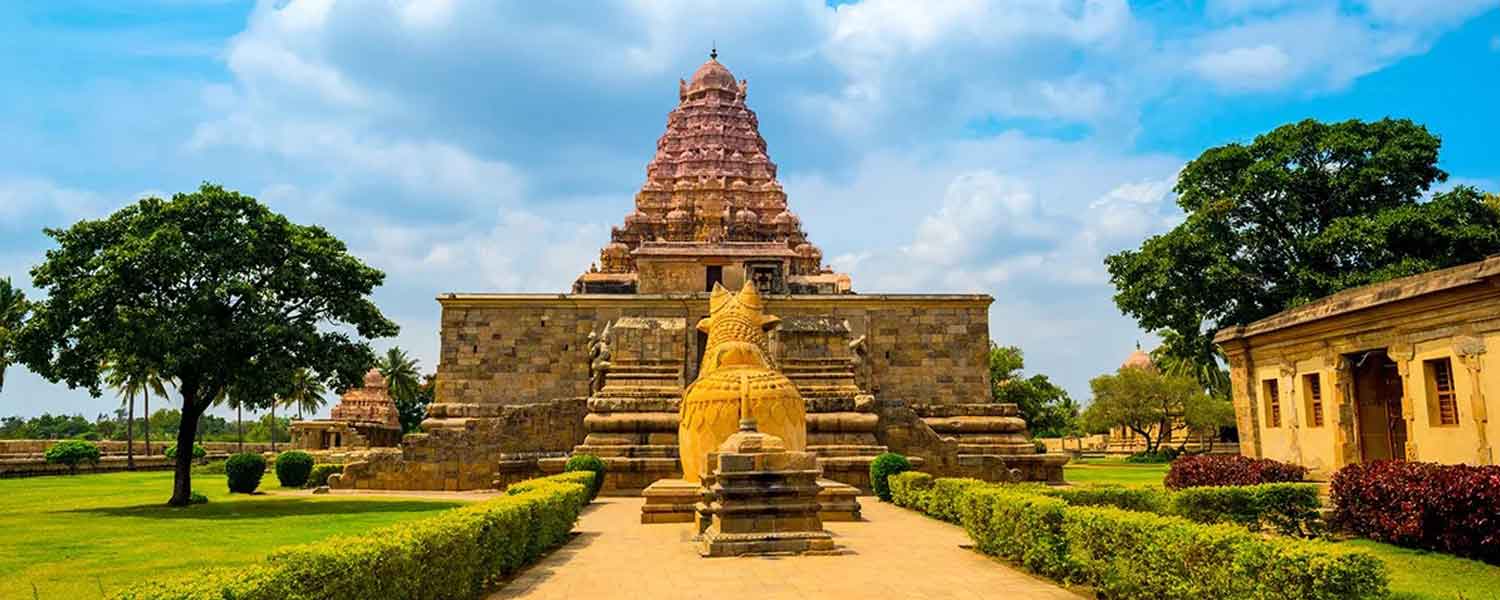
Click Here -

Click Here -

Click Here
-
- Phone: +91 9873675505, 9891275505
- Email: sales@eepltours.com

Mahabalipuram is an important place of classical Monuments in India, the monolithic and cave temples. It is also known as Mamallapuram. This place attracts large number of visitors from all over the world. It is situated close to the sea and it is rich in artistic wealth also. These monuments afford scope for not only the study ancient architecture and sculpture in the Tamil country. The rich portraits in stone of various deities, celestial beauties and epic stories are breathtakingly real. The shore temple, cave temples, the world’s largest is the pride of Mamallapuram India. It was once the flourishing port of the Pallavas an old lighthouse built of stone exists intact till date, proclaiming the glory of Pallava trade and maritime supremacy.
It is also the birth place of one of the first three Alwars Boothathalwar. Since Pallava kings were both Saivaites and Vaushnavaites. Mamallaburam has shrines of both beliefs. Though no formal worship is done today, large number of visitors come every day to enjoy the sculpture and splendour of Pallava art architecture. The monolithic and scooped out cave temples are of different dates.
Arjuna Penance is the splendor of Mamalapuram Town. It is a huge rock in the canvas unfolding a scene of gods and demigods, birds, beasts and natural scenery. Some are of the opinion that it is in fact Bagirath's penace to bring the celestial Ganges to the earth. A natural cleft in rock has been cleverly carved into the turbulent river Ganges with serpent gods worshipping like devotees along the banks frozen in their prayer a superb poetry in sculpture which no visitor should miss.This a complicated magnificent piece of skilfully carved work, the largest bas-relief sculptures in the world. Arjuna, the epic hero of Mahabharata, is depicted here as sage doing penance in order to obtain the divine weapons from Lord Shiva. All the carvings are made out of a huge boulder. There is a natural cleft in the centre of the huge rock which is conceived as the sacred river Ganga descending to earth. Various divine figures have been carved on all the sides. This piece of work is a masterpiece of creation in expression, particularly the figures relating to the popular Panchatanthra stories. Bhagiratha Penance is one of the largest and the finest bas-relief measuring 29m*7m, sculpted on the face of two enormous adjacent rocks. The panel is divided by a natural crack between the two rocks. The panel is divided by a natural crack between the two rocks. Originally the water fed from a collecting camber above, flowed down the fissure. A figure of bearded sage with floating ribs, standing on his left foot, deeply absorbed in performing penance is believed to be Bhagiratha praying for the Ganga to descend to earth from the Himalayas. The carvings depict realistic life size images of birds, animals, deities and other divine figures watching the flow of the Ganga. Some others relate this bas-relief to Arjuna's penance, petitioning Lord Shiva for the divine weapon, Pashupatha. The figure of animals particularly, the two large elephants and scenes from the fables in the Panchatantra are remarkable and unpretentious. The richness in the iconographic content of carvings makes this unique. Arjuna Penance is one of the beautiful places to visit
Mamallaburam has more than ten cave temples. They are in different stages of completion. Kodikal Mandapam is very simple and Adivaraha Mandapam reaches the end of sculptural excellence. Most of the cave temples in Mamallaburam are carved in the large one in south north direction. Two cave temples can also be found at Chaluvakuppa, which is little further away. The rock-cut cave tradition is represented by more than thirteen caves, was first initiated here by Mahendravarma – I. They are known for their simplicity in plan and decoration. Notable on among the cave temples are Konerimandapa, Tirumurthi cave and Krishnamandapa. About 4km away is the cave temple complex of Aluvan Kuppam. The Tiger Cave is an excavated cave shrine with aureole of Lion heads. It was an open theatre where cultural programmes were held in the past. .
The Mahishasuramardhini Cave is carved into three shrines bass relief of Somaskanda in the rear, Anantasayana Vishnu canopied by Shesha, reclining on the serpent bed. Mahishasuramardhini is struck in bold relief in such an awe-inspiring way with the thrill of the beholder in the battlefield. This is another excellent bas-relief depicting Lord Vishnu sleeping on the coils of serpent king Adisesha and goddess Durga fighting with demon king Mahishasura. It is particularly remarkable scooped cave. Mahishasuramardini Cave temple is one of the important cave temple in Mahapalipuram.
The three-chambered temple houses two unique sculptural blocks. Atop the hill is the now damaged Uzaku Oil Ishwarar temple, nostalgically conveying its ancient state.
Pillars with well-carved lion plinths give it a unique charm. A mandapam is erected in front of the middle sanctum sanctorum. All three rooms with gate guards. A bit confusing are the Dwarapalakas, a vegetarian motif in the south and central rooms.
The relief sculpture of Somaskandar on the wall of the central chamber and carved in such a large form is not commonly found elsewhere in Pallavar temples. It is a special thing that Lord Shiva sitting in Sukasana with Vatsalya and his Son Kandan! Kandan is shown very happy. Brahma and Vishnu are seen gathered behind the family of deities. Nandi under the feet is the pedestal for the deity couple. A devotee can also be seen. Apart from this cave, in no other Pallava Somakanda image, Nandi and devotees can be seen.
A bas-relief sculpture on the right wall of the Artha Mandapam shows Durga performing the Sura samharam to Mahishasura. Defeated by Mahishasura, the Devas appealed first to Brahman, then to Vishnu, and finally to Shiva. But all of them said that they could not defeat Mahisasura because of his boon. But their combined strength created a goddess that no one could defeat. Shiva's trident, Vishnu's wheel, Varuna's conch, Indra's bow and arrows became weapons for the eight arms of Durga. Legend has it that Durga, youthful in appearance and carrying all the weapons in his hands, mounted on a lion vehicle and defeated Mahishasura in battle with his wings. Here we see only seven of the eight weapons mentioned in the Purana, the bows poised and ready; in other hands, we find conch, rope, bell, wheel, etc. Ambarat pillar is seen with arrows on the left Sholder. When an arrow is shot, they are doing their assigned task for eight moments. Their movement is visible in the sculpture. For a moment, one of them holds the umbrella that signifies his divinity. Another moment the Samaram blows. A female figure is seen in other moments of bearing. The still undefeated Mahishasura is seen. But it is well understood that this is the end of the war. Because the asuras fleeing from there is a reality in the sculpture. The sculptor has made clear to us their fear-filled outlook and the momentary joyous effort to move forward. The hostility on the face is evident as he happily presses his leg firmly on the ground with the weapon in hand. The angle from which the monster stands on that he is poised and poised to move the story along gracefully. But the commotion seen in the crowd of Asuras, the moments of joy, the confidence, speed and fearlessness on the face of the Goddess clearly and vividly show the state of war at that time. Mahishasura's buffalo head and human body are exquisitely carved by the sculptor, a highlight! In this sculpture, a Taniyamsam, its balance, Satapati has shown the fullness of his thinking power in the sculpture. .
There are several tourist attractions around Mahabalipuram that can be visited by tourists. Some of the popular places that lie in close proximity to Mahabalipuram are:-
1- Cholamadal Artist’s Village (around 35km away)
2- Chengalpattu (around 30km away)
3- Mudaliarkuppam (around 38.2km away)
4- Sadras (around 52km away)
5- Thirukalukundram (around 15.2km away)
6- Nithyakalyanaperumal Temple (around 16.7km away)
Air:-
The nearest airport from Mahabalipuram is Chennai (Madras), located around 60 km away. One can get flights for almost all major destinations in India and abroad.
Road:-
Mamallapuram is connected by road to Chennai (57km), Tirukkalikundram (15.2km), Kanchipuram (69 km), and Pondicherry (95.6km).
Rail:-
Can be reached from Chennai Central railway station and Arakkonam railway station.
The Southern railway has augmented its suburban train services to Kancheepuram by extending EMU services on the Chennai Beach-Tambaram-Chengalpattu section.

TEMPLES TOUR
Tiruthani - Kumbakonam - Palani - Madurai

HILL STATION TOUR
Madurai - Kodaikanal - Ooty - Coonoor

HONEYMOON TOURS
Ooty - Coonoor - Kodaikanal

CULTURE TOURS
Chennai - Kanchipuram - Mahabalipuram

SOUTH CULTURE TOUR

GUJRAT CULTURE TOUR

RAJASTHAN CULTURE TOUR
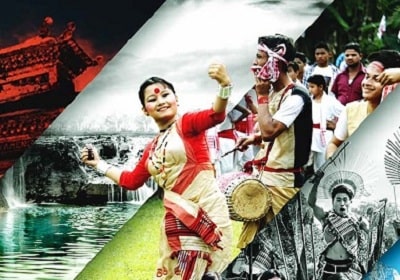
NORTH EAST INDIA TOUR

HARIDWAR TOUR

SOMNATH DWARIKA TOUR

TAMILNADU TEMPLE TOURS

CHARDHAM YATRA

KERALA HONEYMOON TOURS

MANALI SHIMLA HONEYMOON TOURS

RAJASTHAN HONEYMOON TOURS

GOA HONEYMOON TOURS

BIRD WATCHING TOURS

CORBETT TOUR PACKAGE
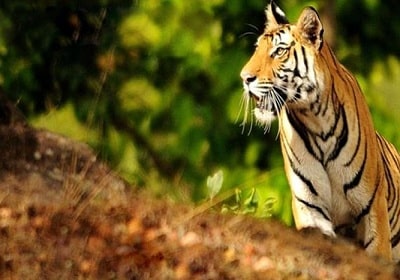
RANTHAMBHORE WILDLIFE TOURS
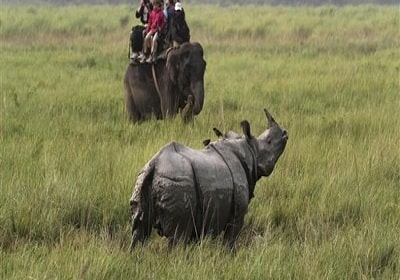
KAZIRANGA NATIONAL PARK TOUR

VALLEY OF FLOWERS TREKKING TOUR

RISHIKESH RIVER RAFTING TOUR
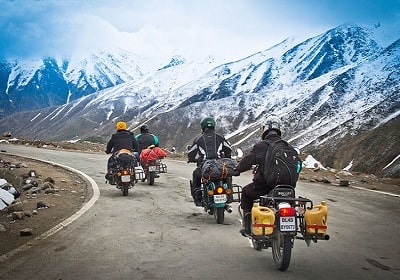
LADAKH BIKE TOUR

INDIA WILDLIFE TOURS

MUSSOORIE TOUR PACKAGE

SHIMLA MANALI TOUR PACKAGE

KERALA TOUR PACKAGE

MOUNT ABU TOURS

SHIMLA TOUR PACKAGE

LANSDOWNE TOUR PACKAGE
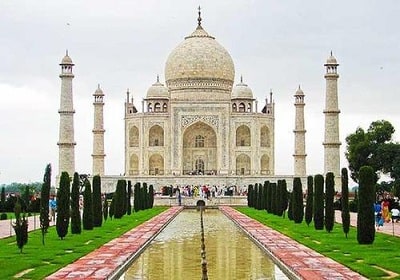
TAJ MAHAL TOUR

HARIDWAR RISHIKESH TOUR

THE GOLDEN CHARIOT TRAIN

MAHARAJA EXPRESS TOURS

PALACE ON WHEELS

THE DECAN ODYSSEY
Copyright © Exclusive Excursion Pvt. Ltd., 2019. All Rights Reserved